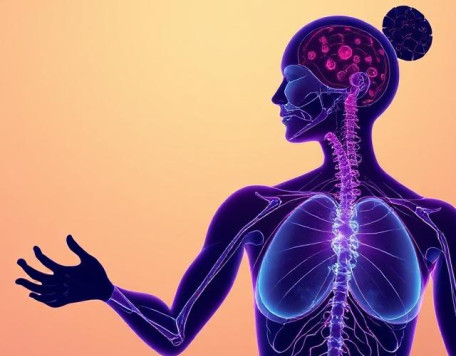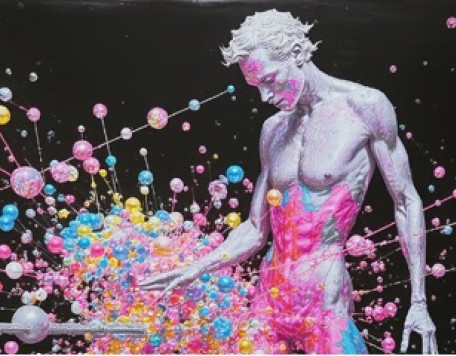© Pint of Science, 2025. All rights reserved.
The river Thames is a complex ecosystem in the heart of our capital, but also a dumping ground for a lot of man-made waste. How is it being affected by human activity, from our love of plastics to our cleaning and medication habits?
Hooked: Thames fish munch on microplastics
Alexandra McGoran
(Postgraduate Researcher, Royal Holloway, University of London)
Huge volumes of plastic are deposited into our seas. How does it get there? Rivers transport litter from streets, waste from homes and runoff into river and our oceans. Currents dictate whether this litter aggregates in gyres (i.e. North Pacific garbage patch) or wash ashore. All the while the plastic breaks down, generating microplastics. These can be swallowed by many aquatic species and can have significant negative effects. This presentation discusses macro- and microplastic pollution in the Thames and Clyde estuaries, explores sources, ingestion and transfer through the food web.
Sewage: The New ‘Freshwater’?
Dr Andrew Singer
(Environmental Microbiologist & Chemist, Centre for Ecology & Hydrology)
The UK is not unique in its use of rivers as mobile sewage treatment systems; it has been this way since the dawn of civilisation. What has changed is its composition. 10,000 years ago wastewater contained mostly poo. Now, it contains your meds, shampoo, laundry detergent, road runoff, herbicides, pesticides and loads of bacteria and viruses. This soup passes through sewage works, and with some (often minor) changes, into our rivers. The implication of these chemicals, bacteria and viruses entering our rivers goes beyond the ‘ick’ factor—it has major global health implications.
Map data © OpenStreetMap contributors.
Other The George IV events
2025-05-20
Metacognition: Observing One’s Own Thought Process
The George IV
185 Chiswick High Road, London, W4 2DR, United Kingdom
2025-05-19
Human-Like Artificial Intelligence
The George IV
185 Chiswick High Road, London, W4 2DR, United Kingdom



